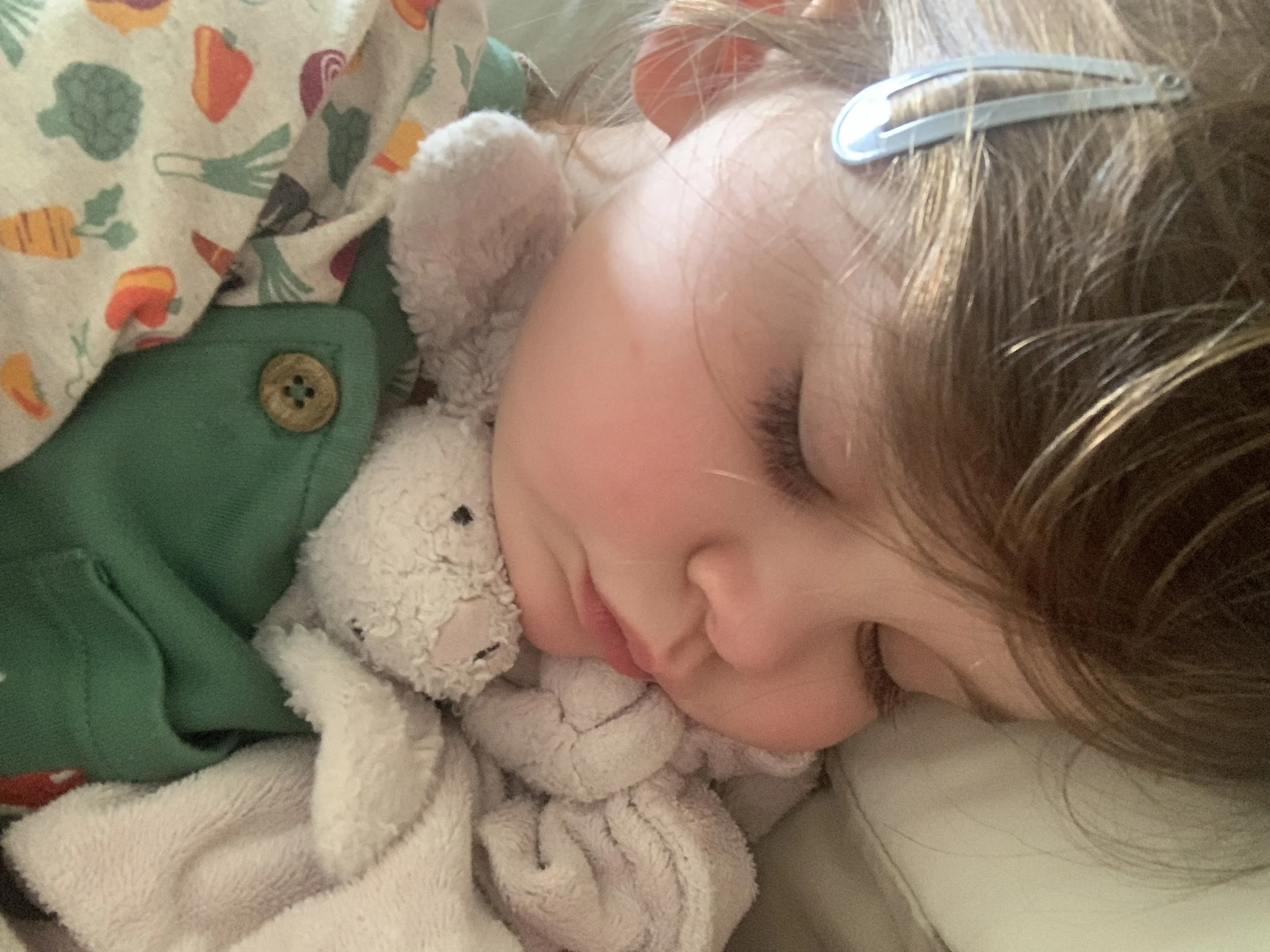How to help your child to sleep for longer stretches at night
Helping your baby or child to sleep through the night can feel like a monumental task, but with the right strategies, it's entirely possible to achieve those blissful, uninterrupted stretches of sleep—for both you and your little one. In this guide, we'll explore a holistic approach to fostering better sleep habits for your child, covering everything from nap timing to physical activity and the optimal bedroom environment.
Timing is Key: Naps for Younger Children
For infants and younger children, the timing of naps plays a crucial role in establishing a healthy sleep routine. Ensuring your child gets enough daytime sleep can prevent overtiredness, which often leads to disrupted night time sleep. Aim for consistent nap times throughout the day, balancing your child’s tiredness cues with awake windows. Typically, babies under six months may need three to four naps a day, while toddlers may transition to one or two longer naps. Not sure what your child’s accurate awake windows are; find out what they are in “How much does my baby need to nap?”
Keep Them Moving: Physical Exertion in Awake Times
Physical activity is not only essential for your child's overall development but also for promoting better sleep. In fact it is recommended that children aged 0-5 years are physically active for at least 3 hours a day, and yes that includes non mobile babies. Encourage plenty of active playtime during the day to help expend their energy reserves. Activities, such as garden play, trampolining, park trips, swimming, dancing can be helpful. However, be mindful of winding down activities as bedtime approaches to avoid overstimulation.
Ideal Bedroom Temperature
Creating the perfect sleep environment is another crucial factor in helping your child sleep longer stretches at night. The ideal bedroom temperature for children is between 16-18 degrees Celsius (60-65 degrees Fahrenheit). This temperature range provides a comfortable and conducive atmosphere for sleep, allowing your child to rest deeply without becoming too hot or too cold. Consider using a room thermometer to monitor and adjust the temperature accordingly.
Stimulate and Engage: Varied Play Experiences
Stimulating your child's mind during waking hours can also contribute to better sleep at night. Offering a variety of play experiences helps keep their curious minds engaged and promotes healthy development. Incorporate activities that encourage exploration, creativity, and problem-solving skills. From sensory play to arts and crafts, providing a diverse range of experiences ensures your child remains mentally stimulated throughout the day.
Consistency is Key
Consistency is key for any successful sleep routine. Establishing predictable nap and bedtime routine signals to your child that it's time to wind down and prepare for sleep. Stick to the same routines day and night, ensuring the routine is calming before sleep time. This could include activities like bath time, massage, reading a bedtime story, or listening to sleep inducing music. Consistency helps reinforce your child's internal clock and promotes a sense of security and comfort, making it easier for them to settle into sleep.
Helping your child sleep for longer stretches at night requires a holistic approach that addresses their physical, environmental, and emotional needs. By prioritising factors such as nap timing, physical activity, bedroom temperature, and varied play experiences, you can create an optimal sleep environment conducive to healthy sleep habits. Remember, every child is unique, so be patient and adaptable as you navigate the journey towards better sleep for your family.
Join our Facebook community
If you feel you need further support to improve your baby or child’s sleep, then come on over to Gentle Baby & Child Sleep Training Tips community where you find further free sleep advice and support.




